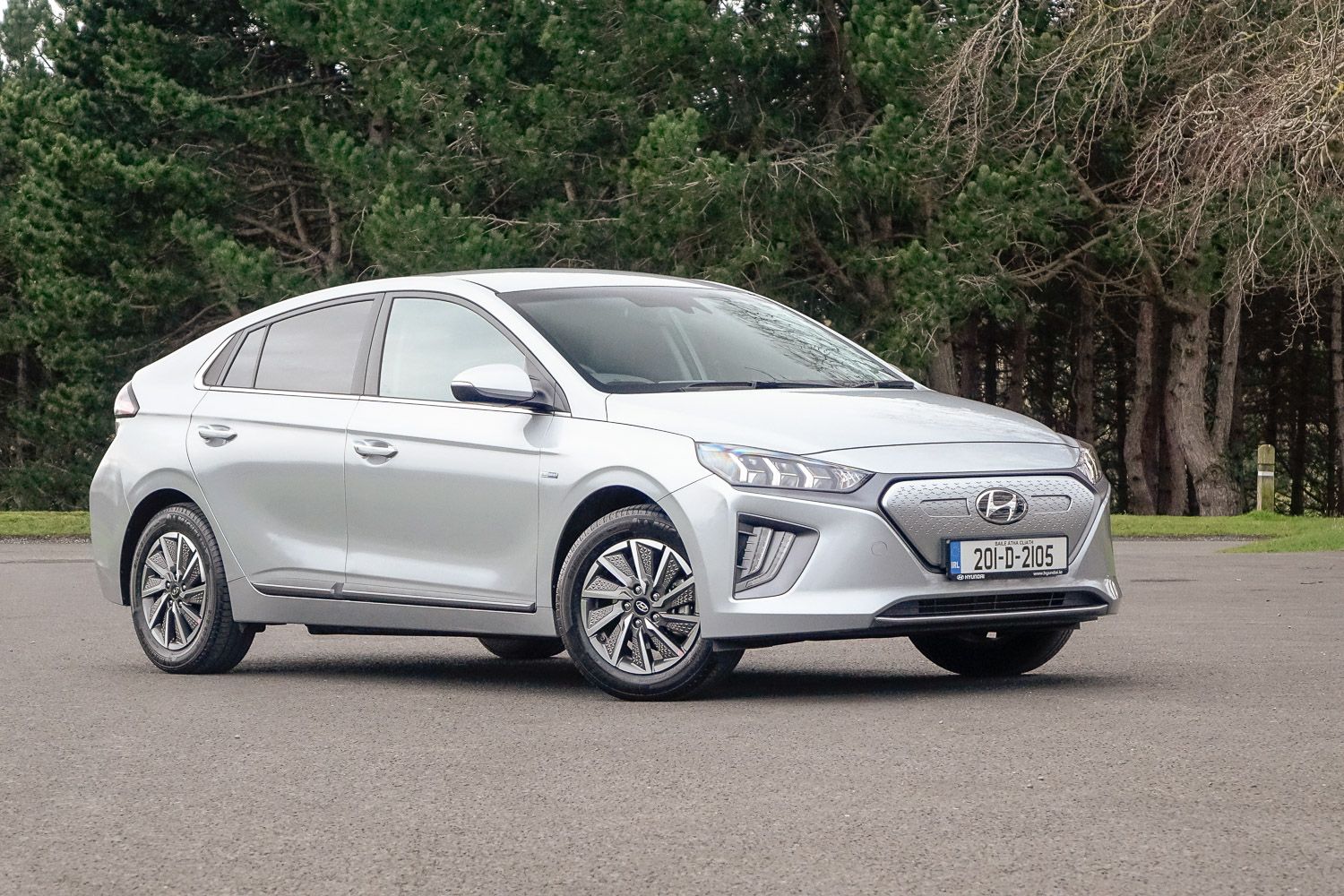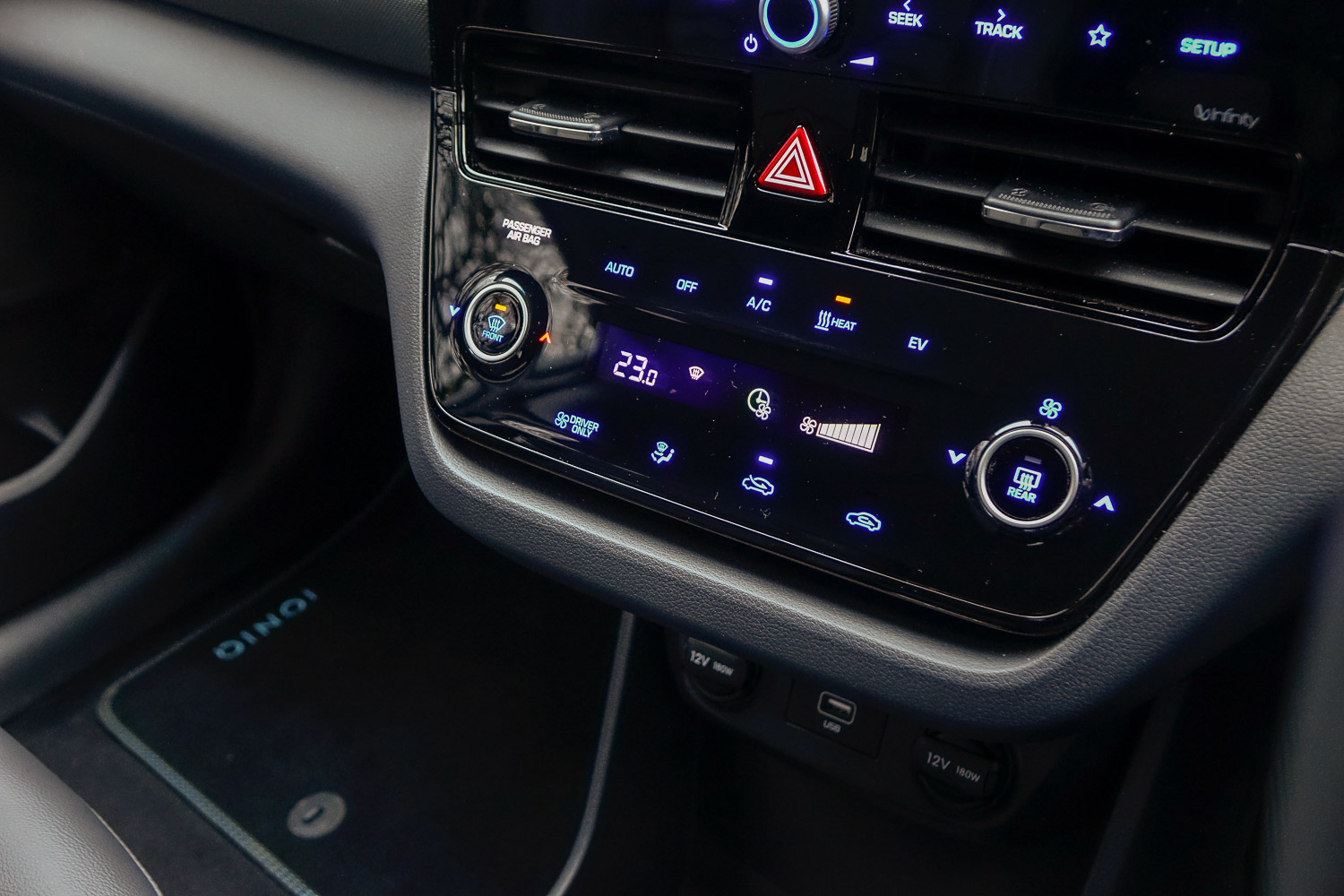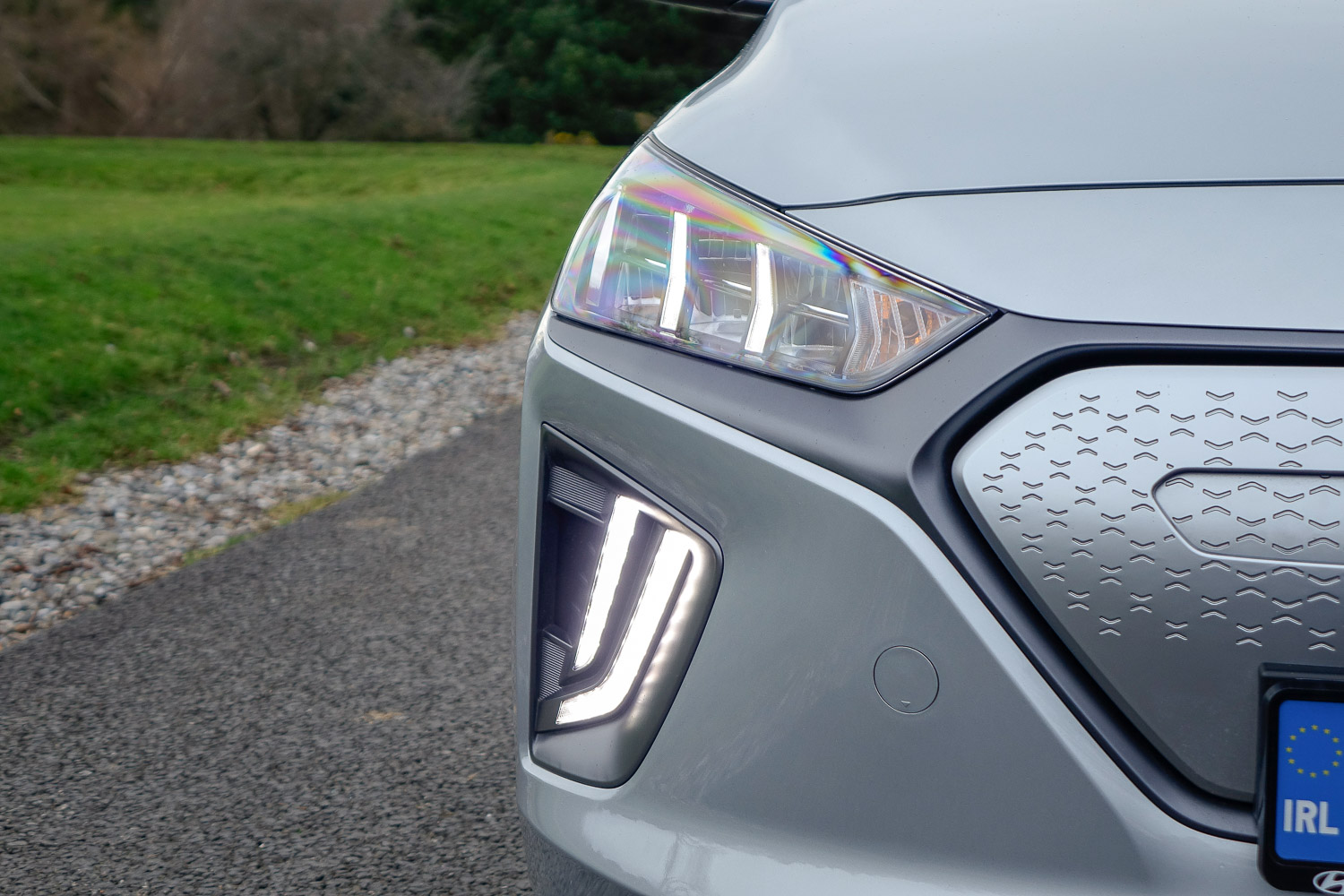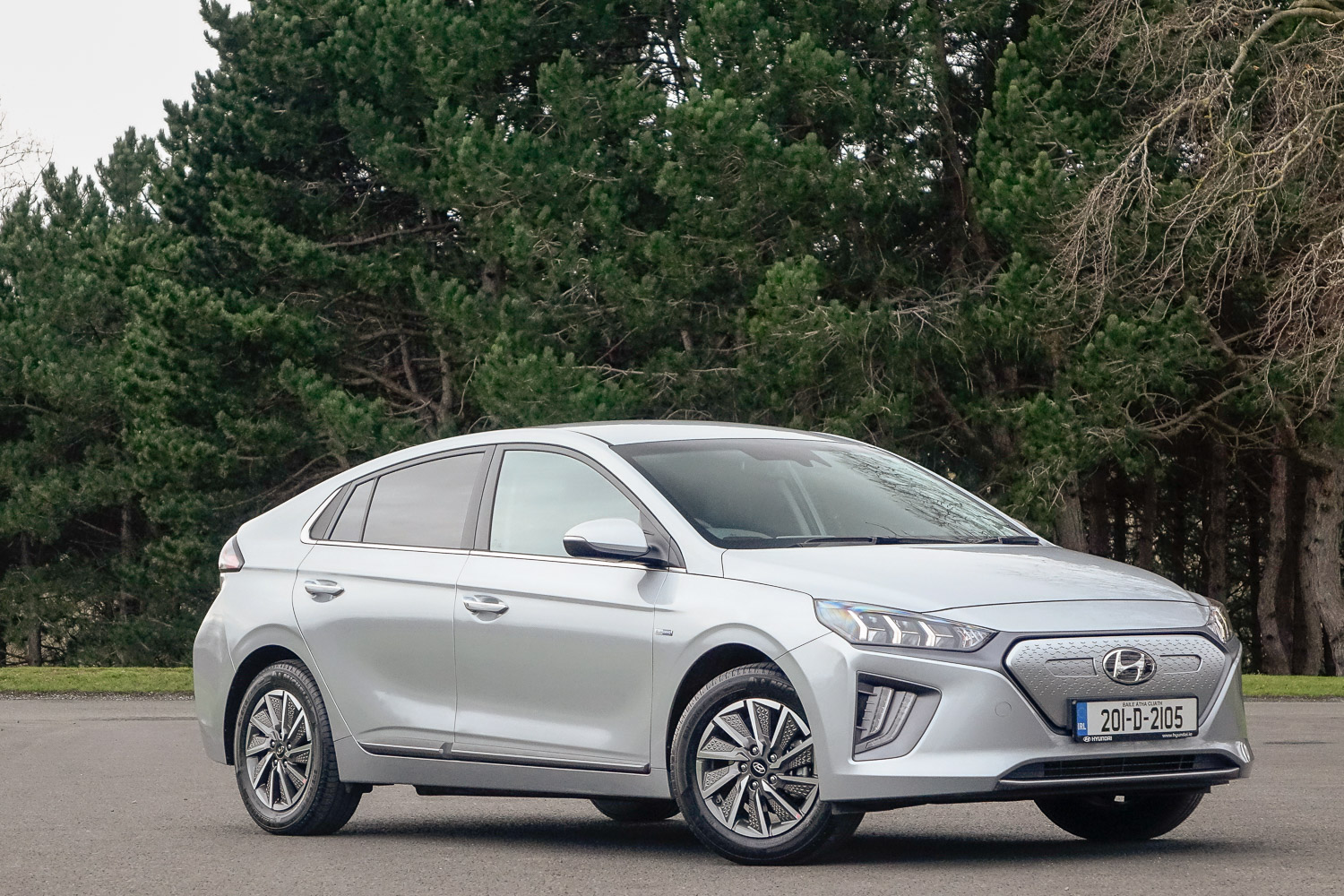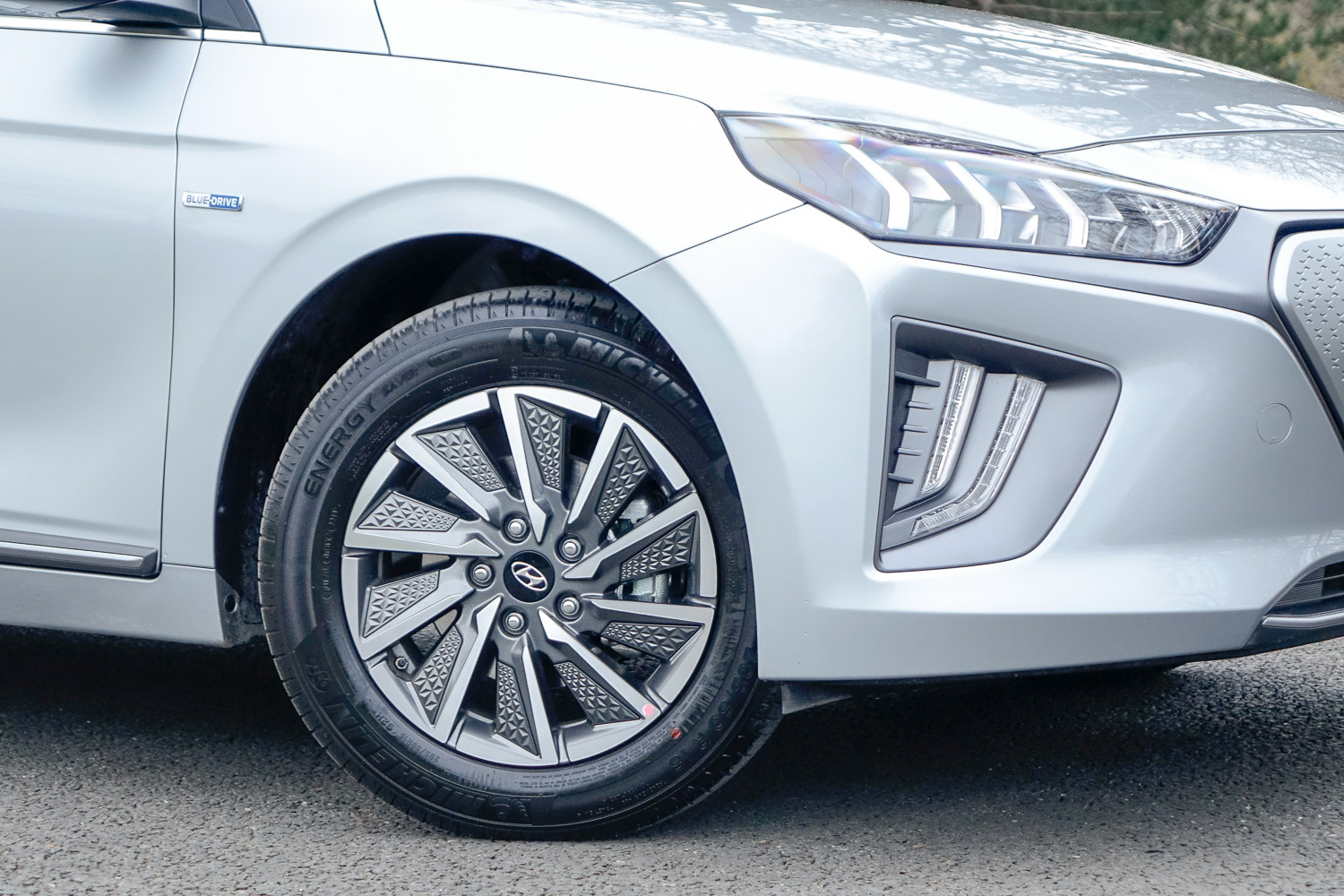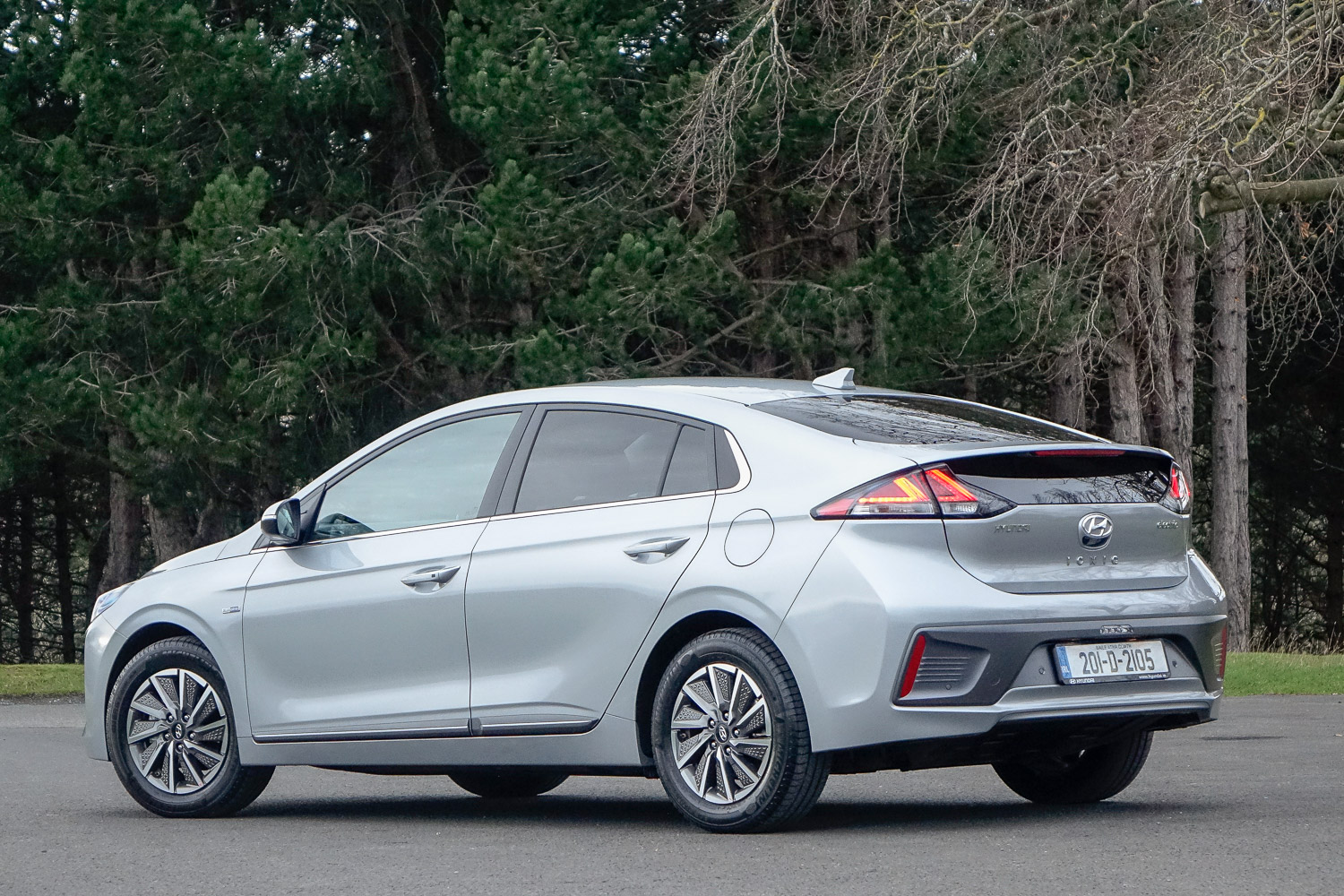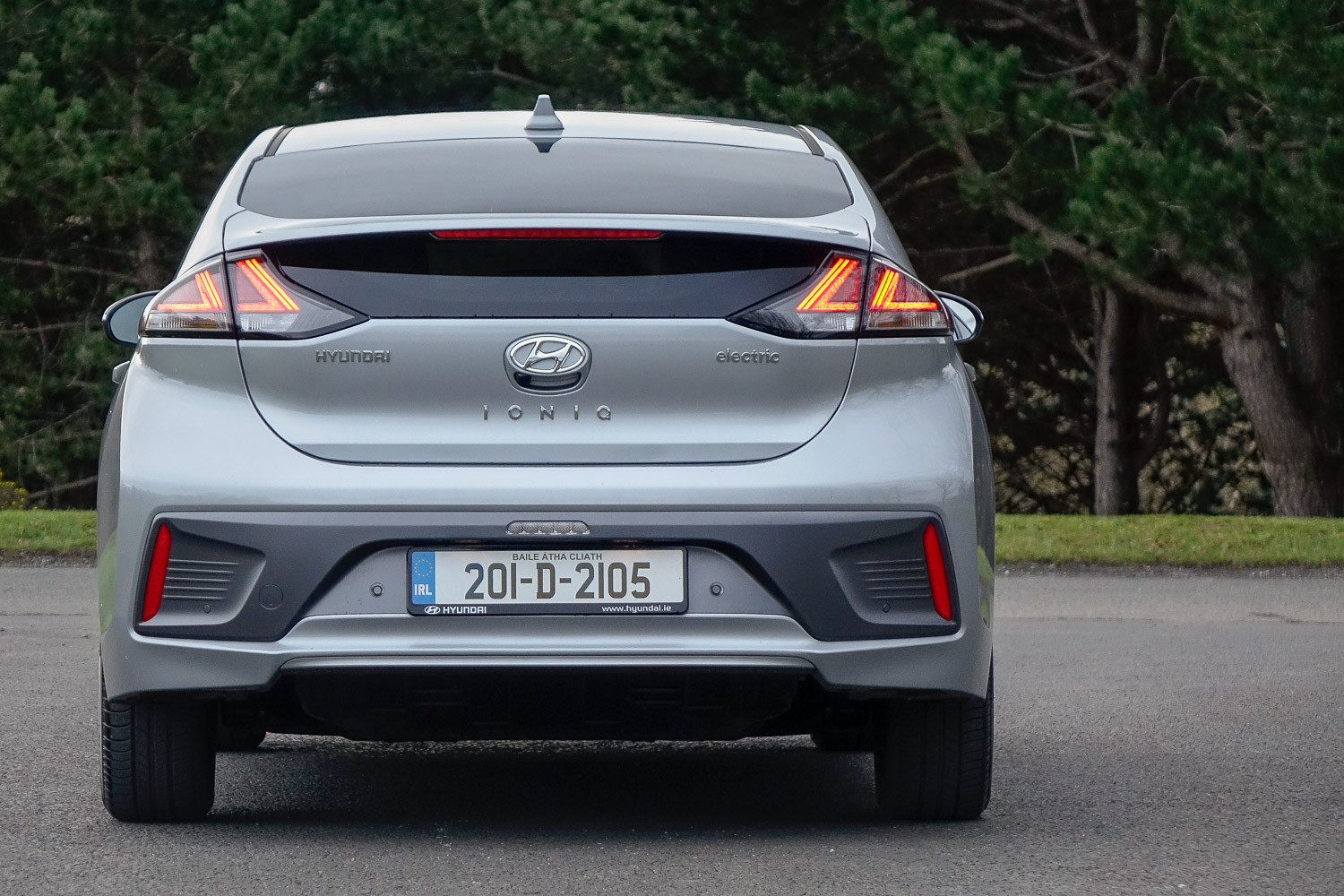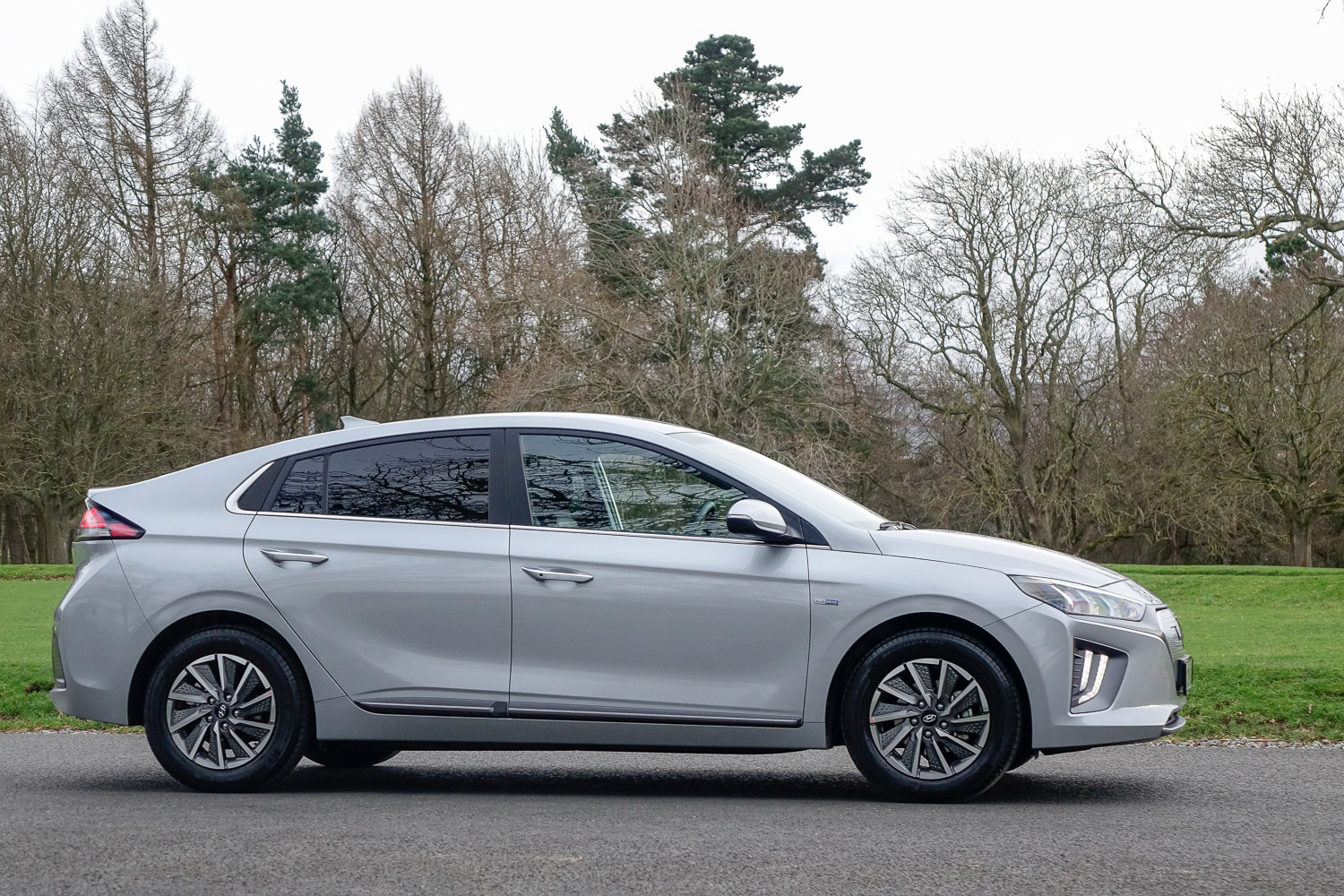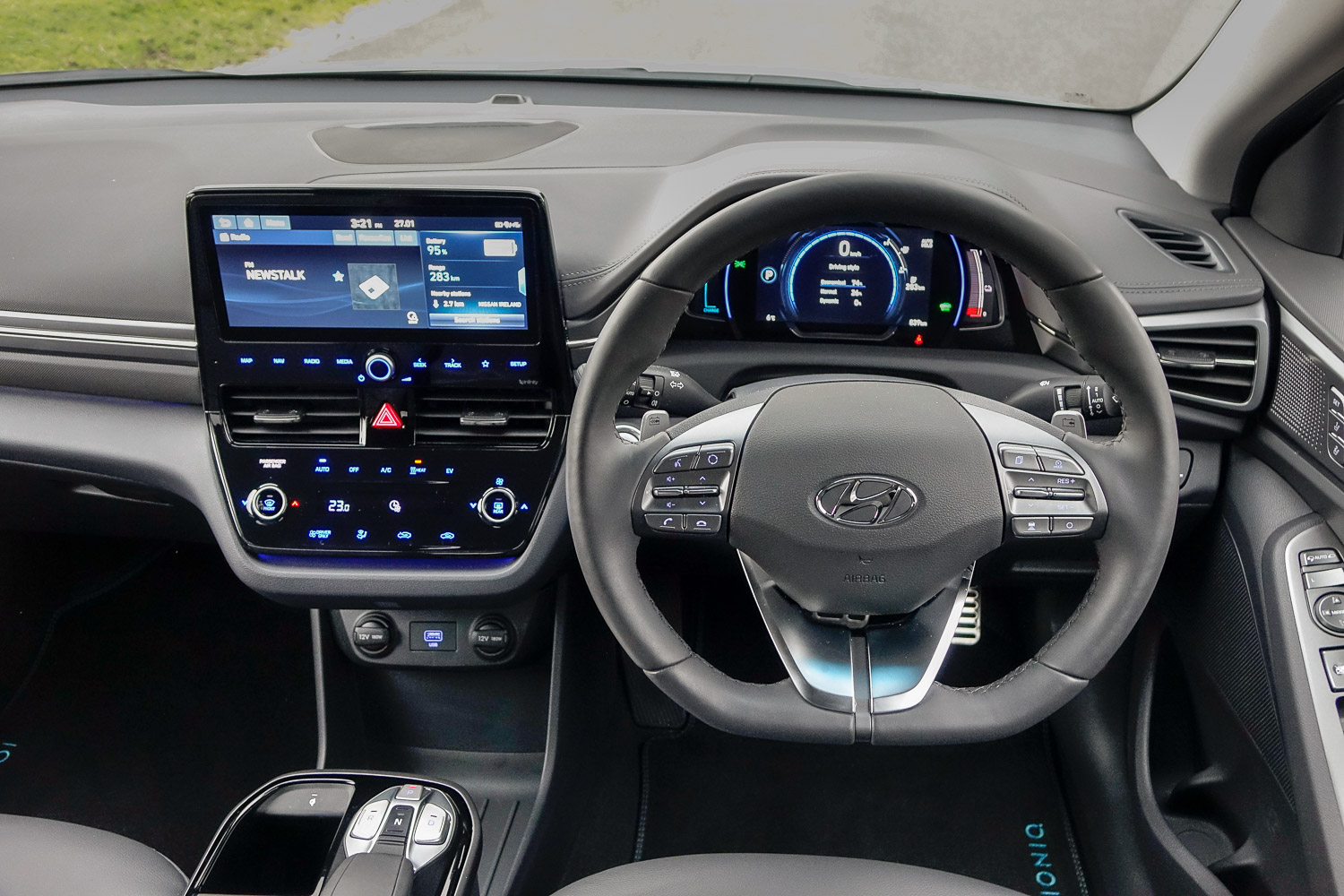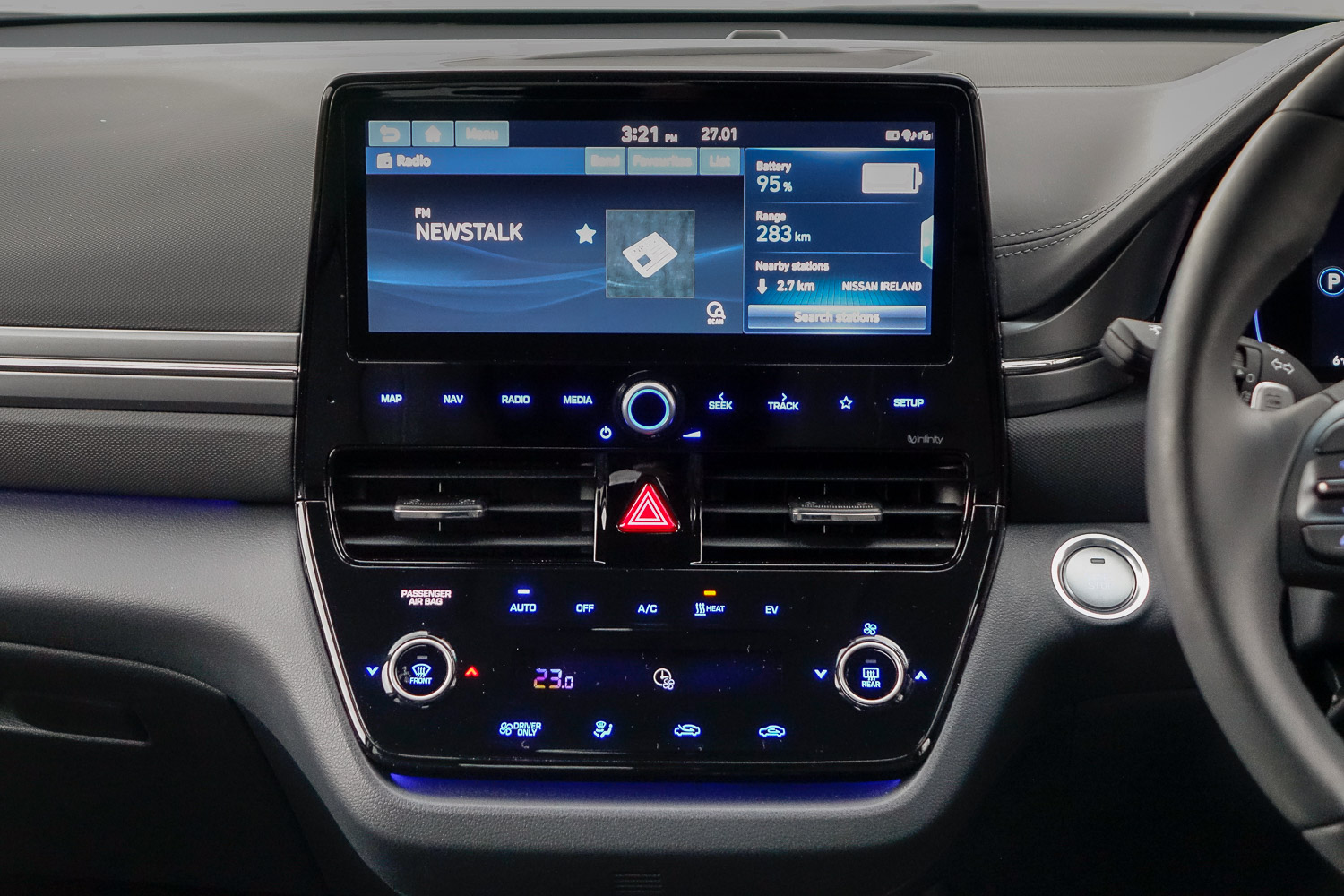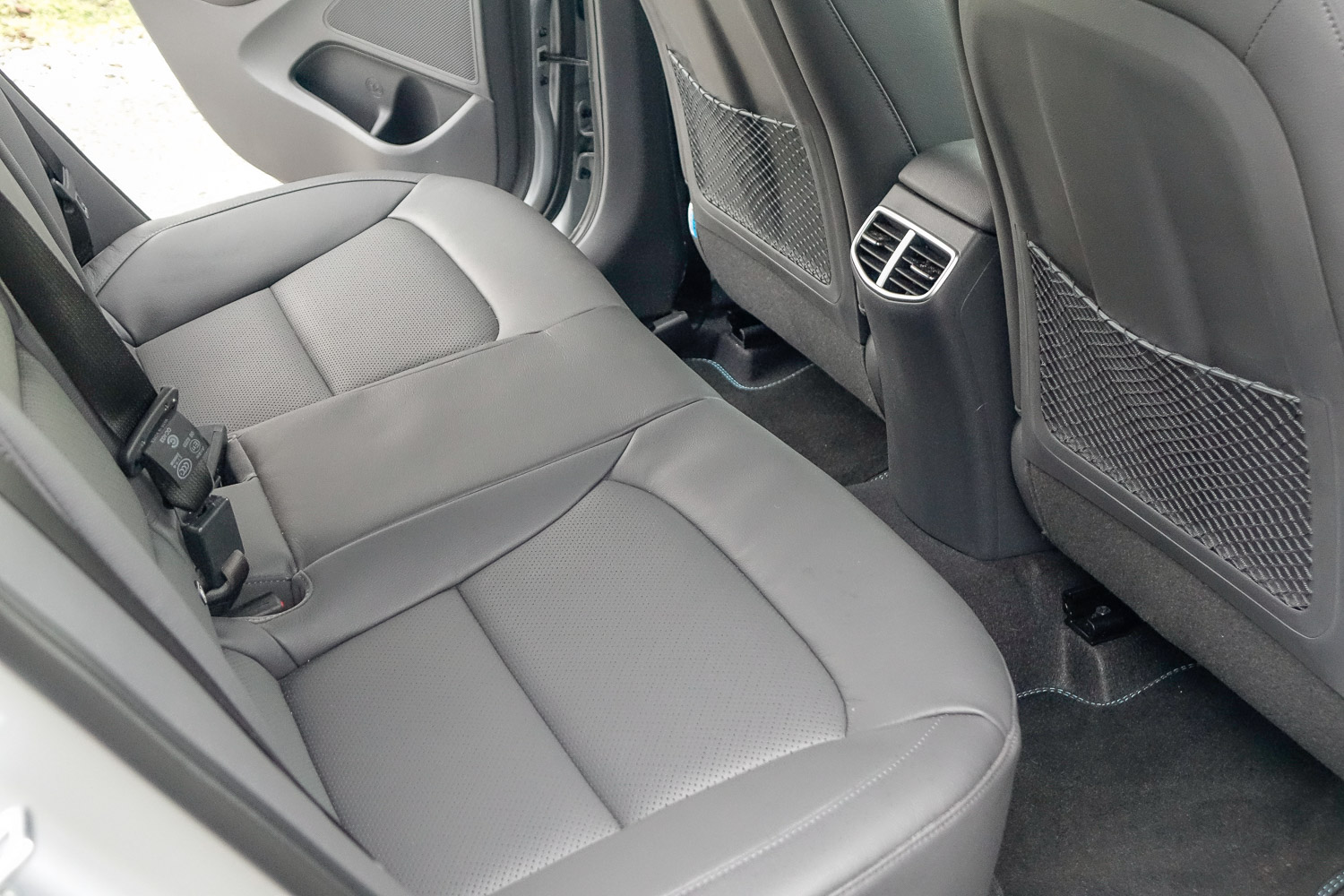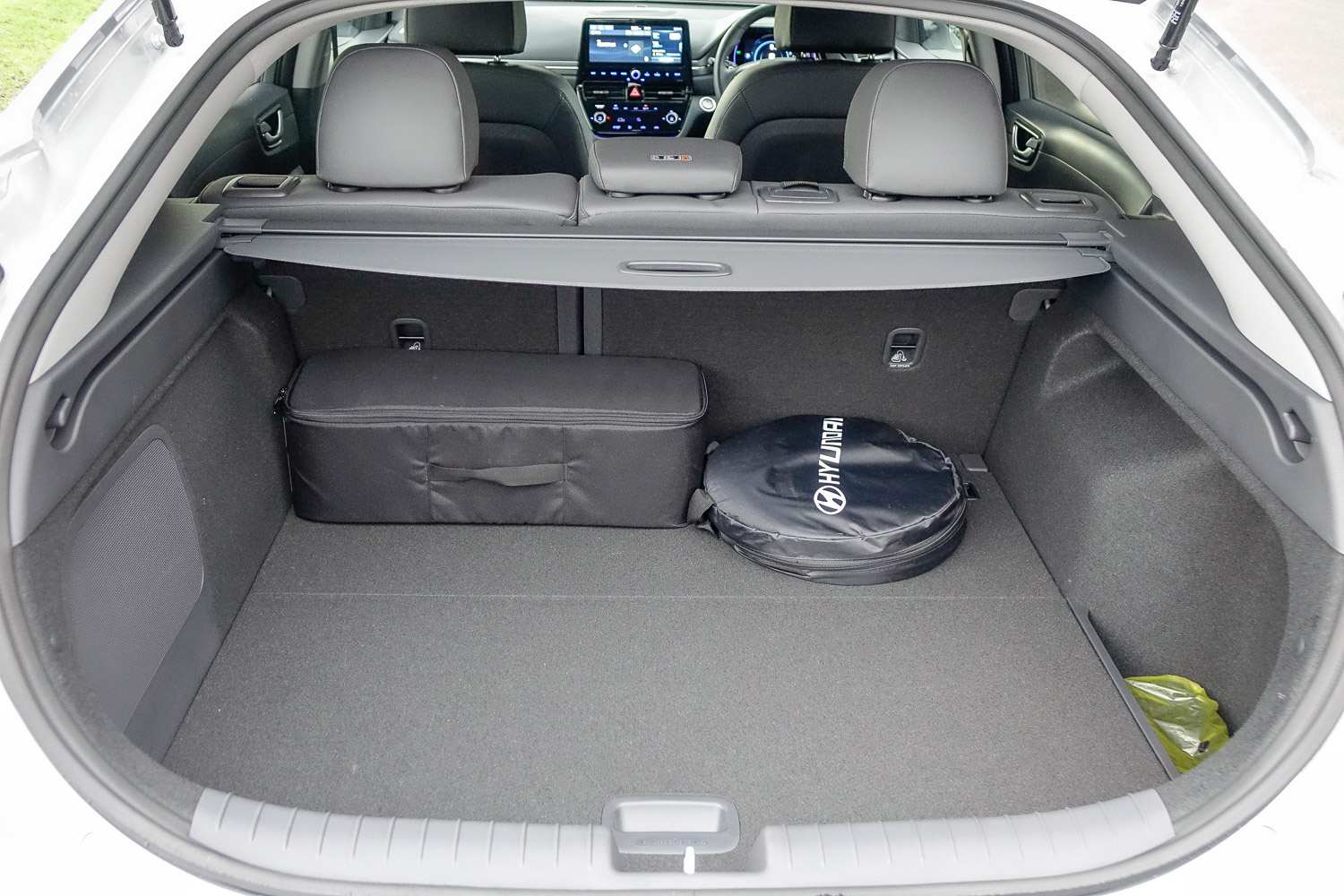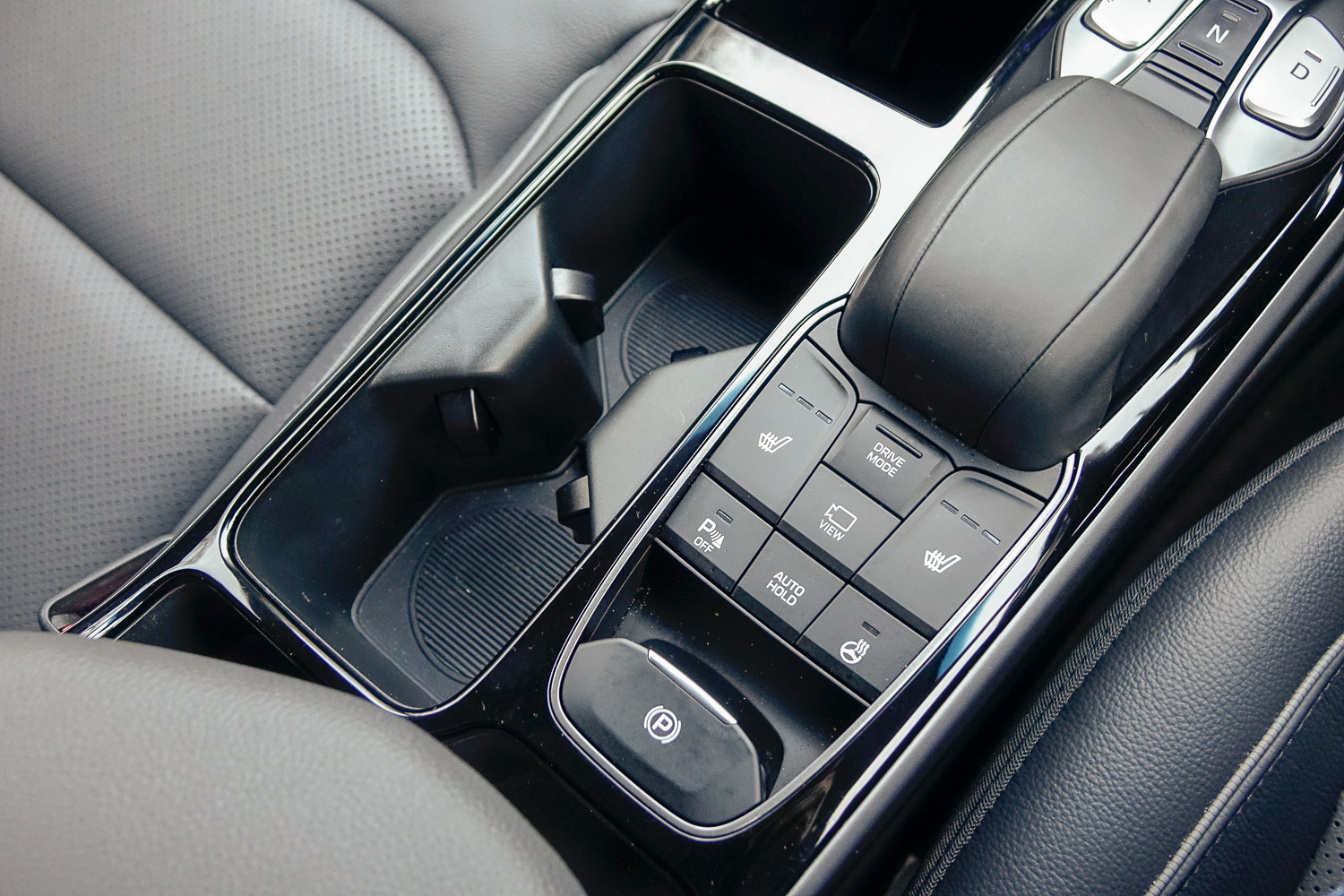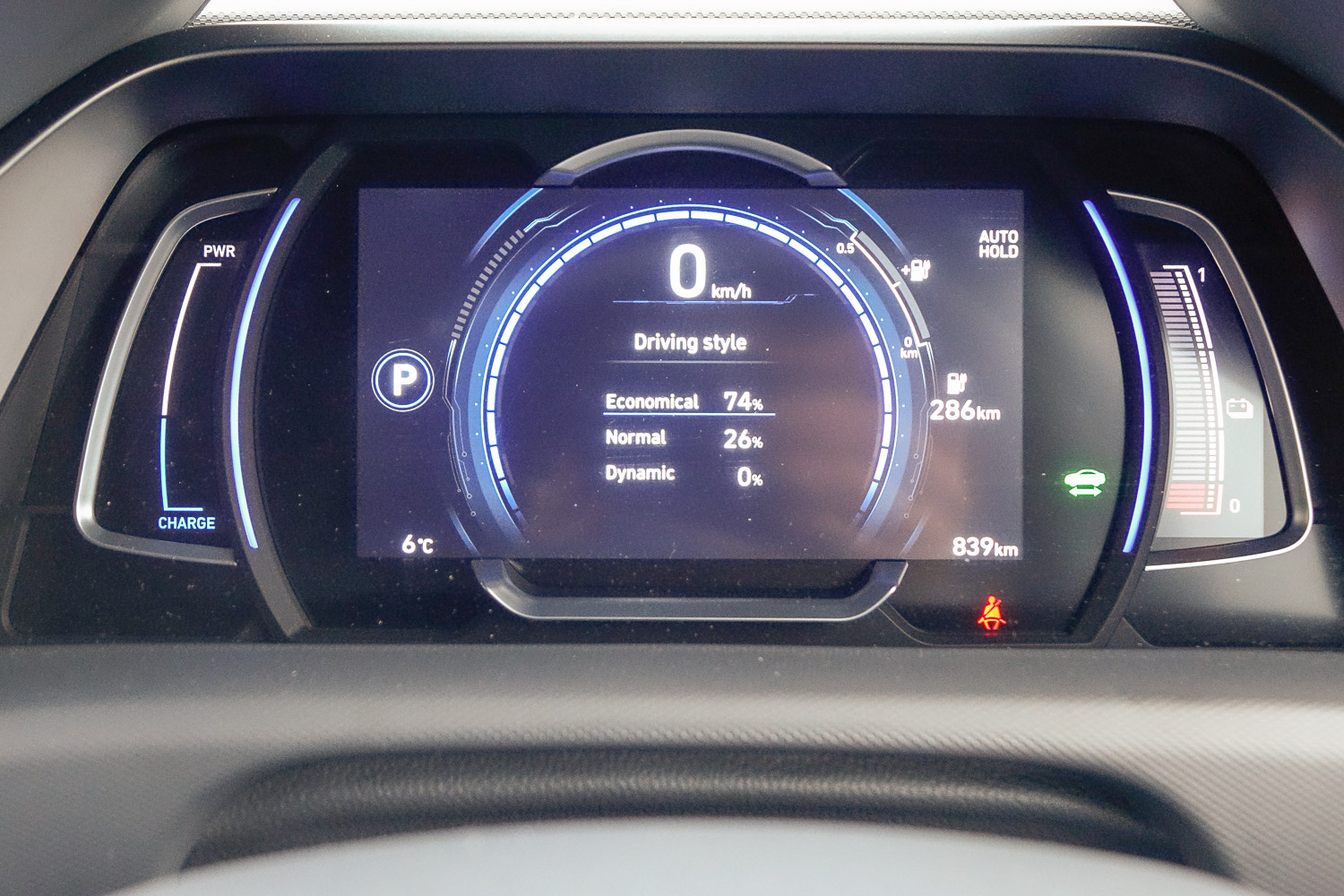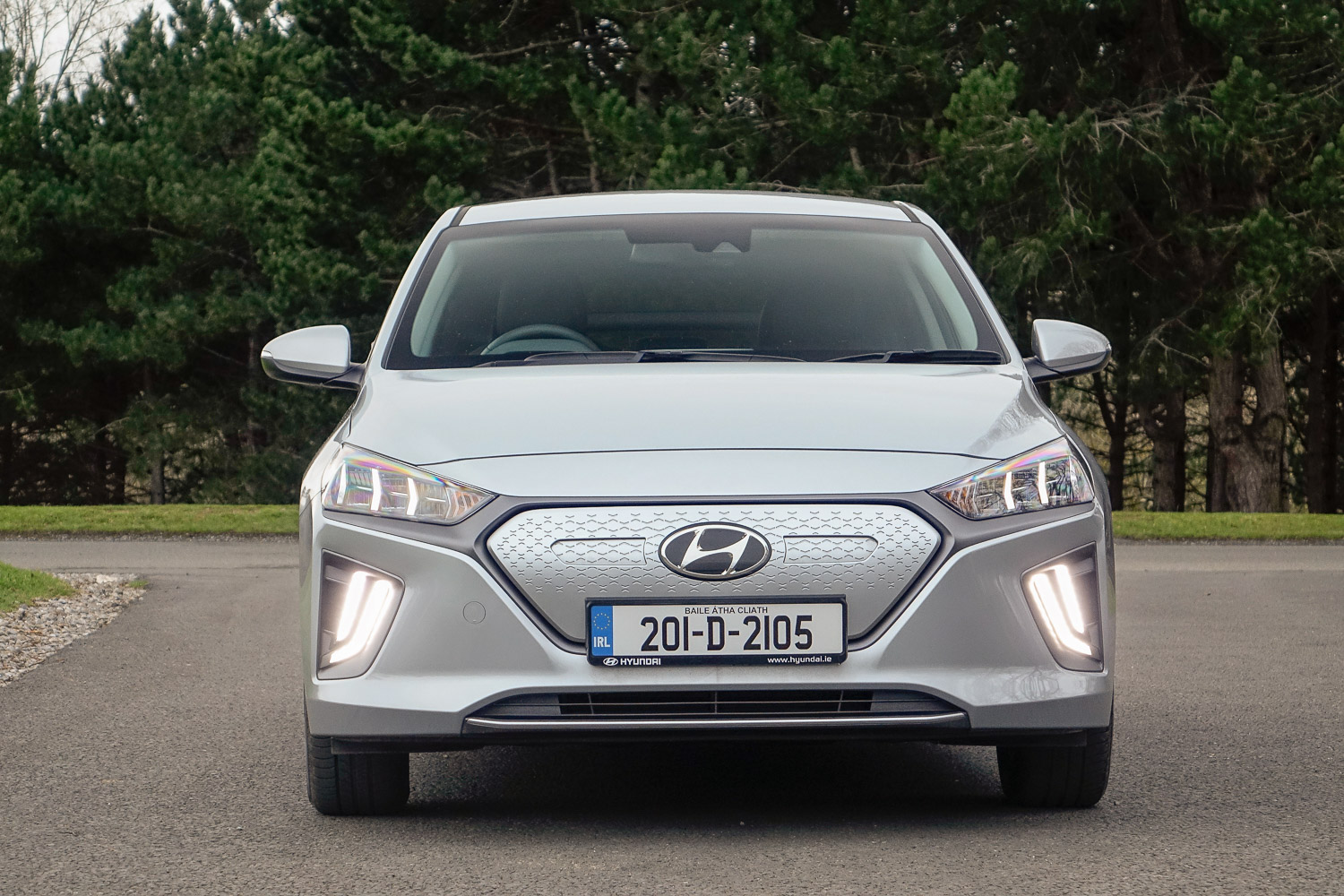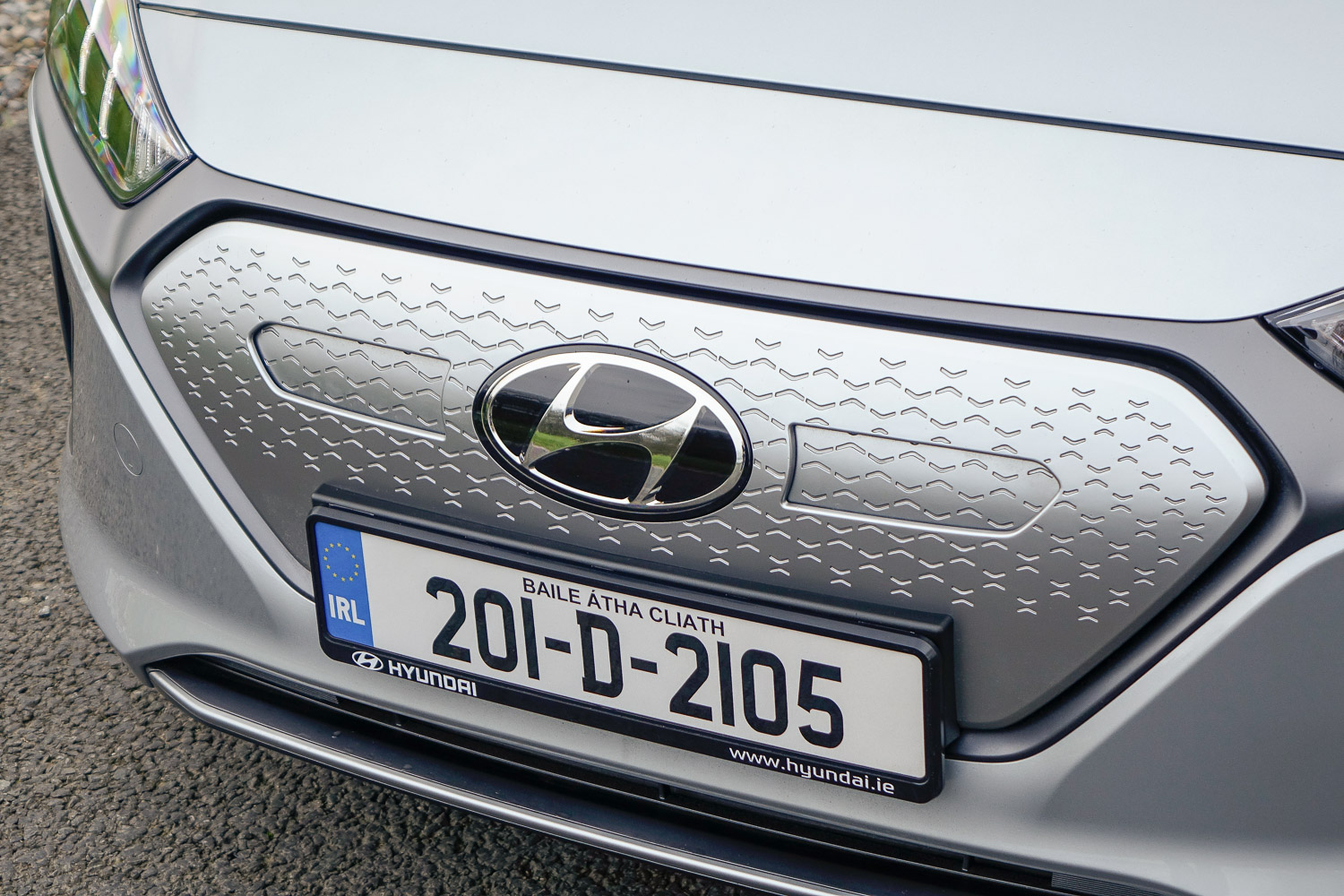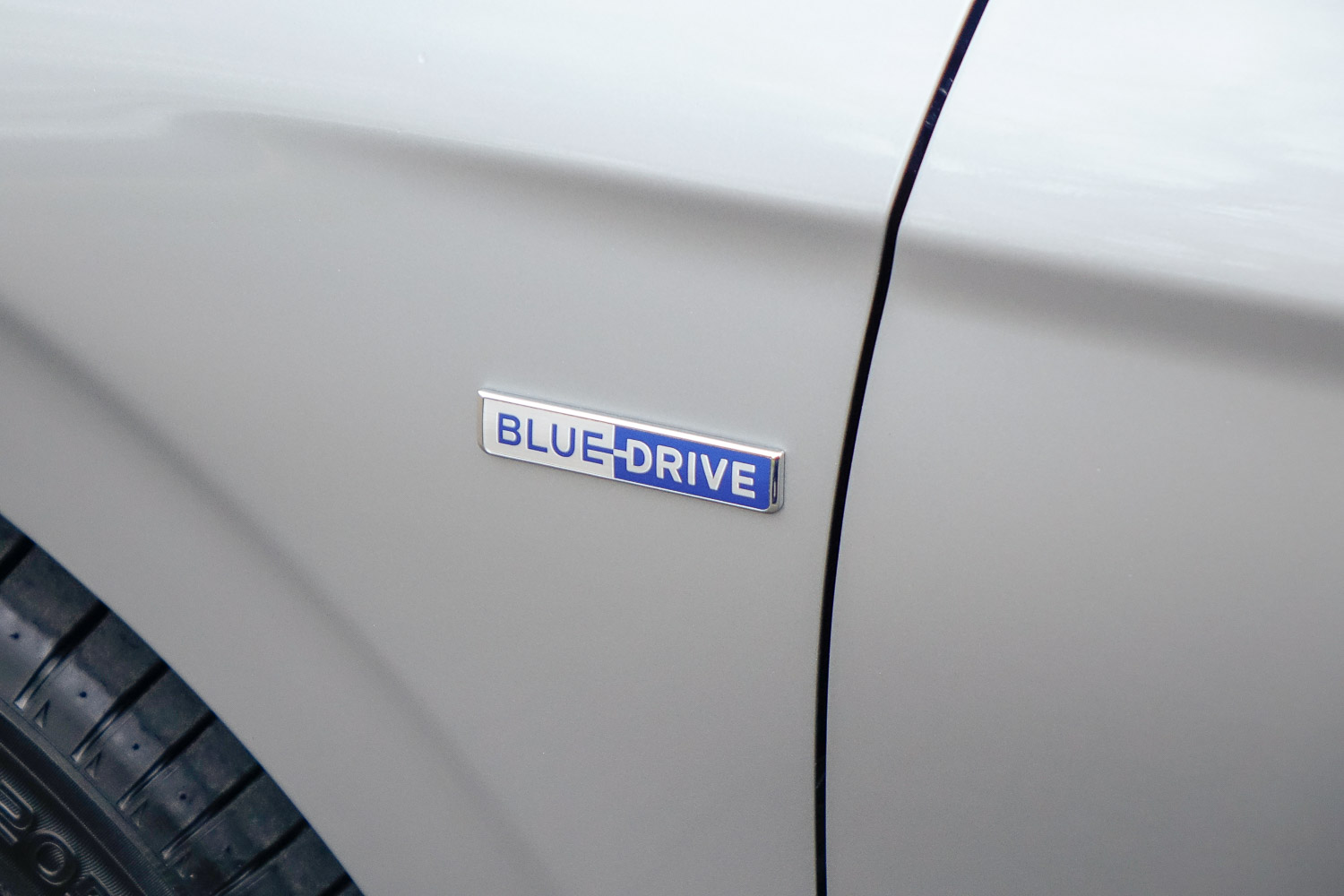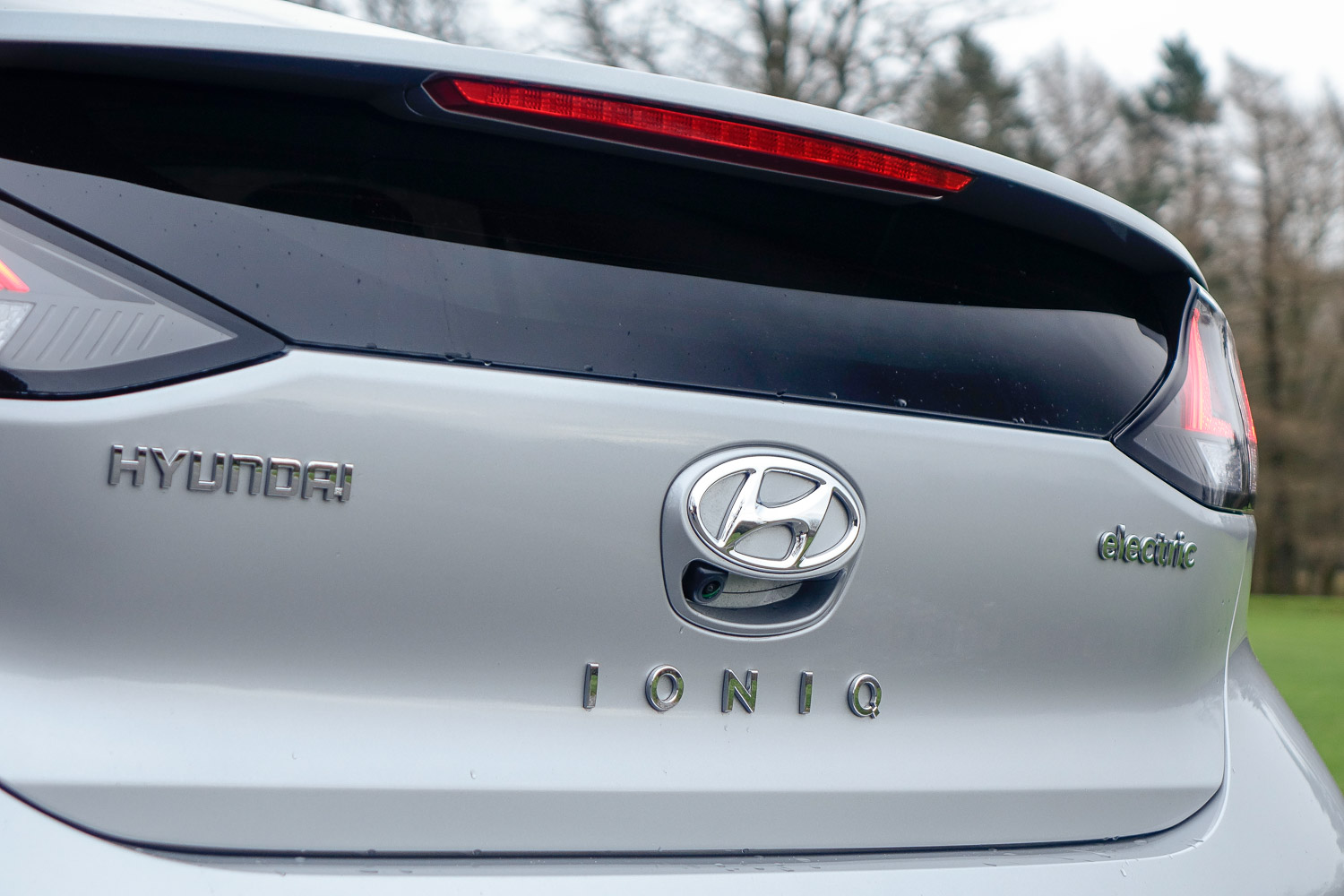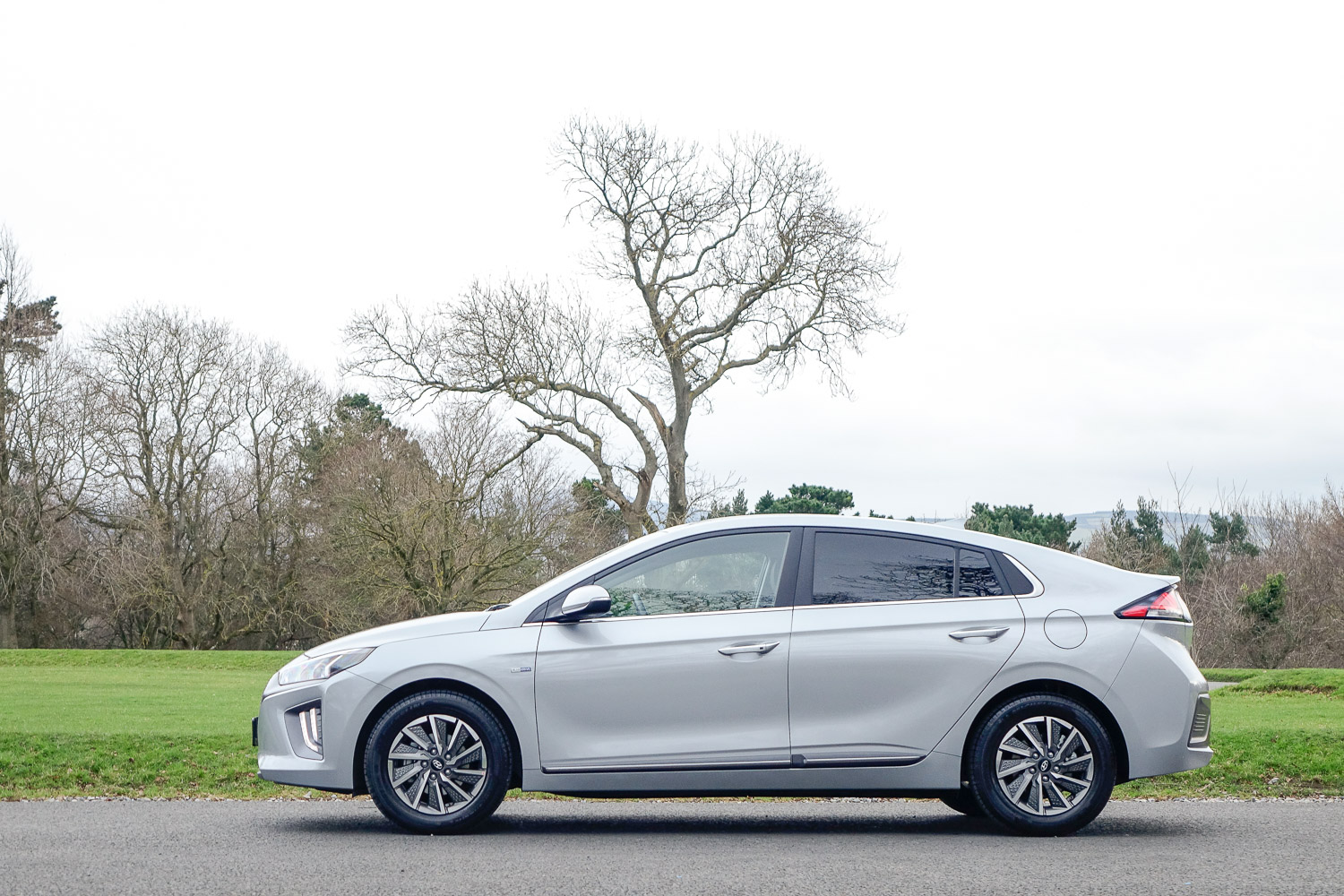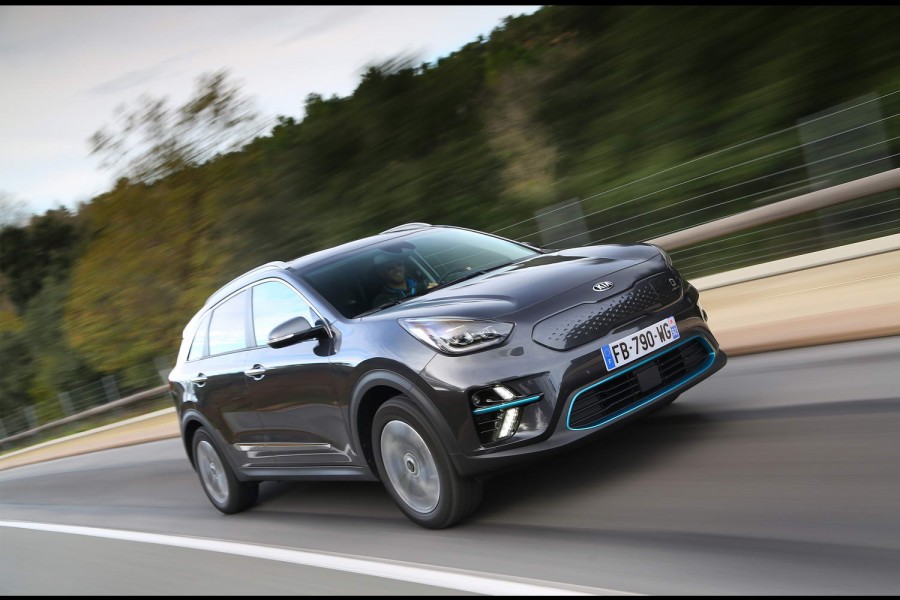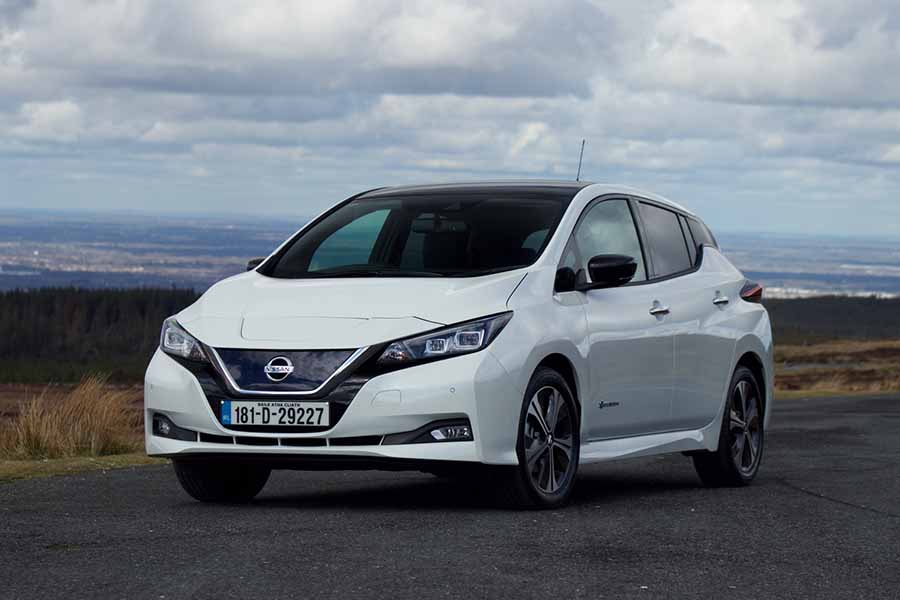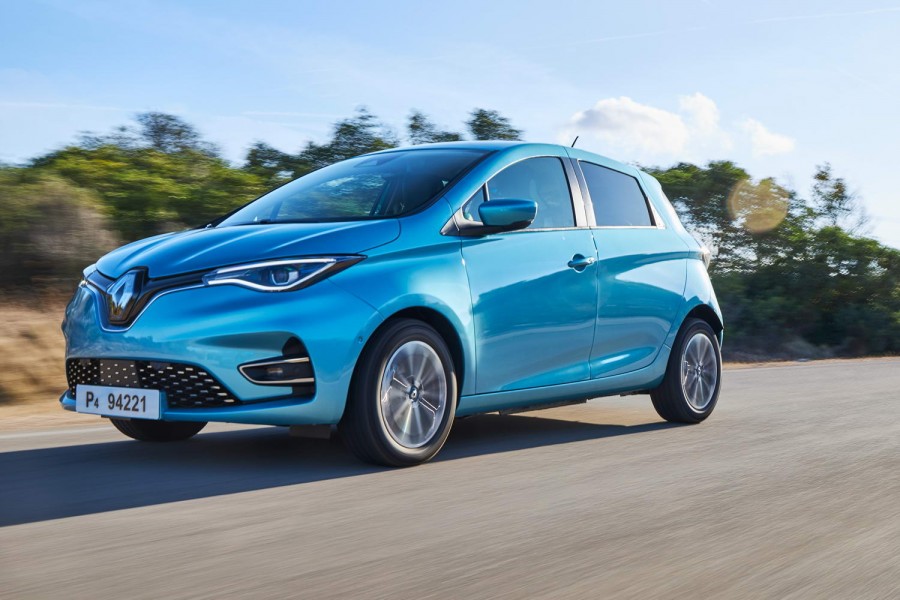What are you driving?
The updated Hyundai Ioniq Electric. Back in 2016, Hyundai launched the Ioniq, a five-door hatchback, in three guises, the Hybrid, the Plug In and the Electric. No prizes for telling us what was different about them. The all-electric model came with a 28kWh battery, 88kW electric motor and an official range between charges of 280 kilometres (on the old NEDC regime). Things are changing quickly in the EV (Electric Vehicle) world, however, even within Hyundai's own line-up. The company's Kona Electric put that original Ioniq Electric to shame with its higher capacity battery (64kWh), so now it's time for the Ioniq to play catchup.
Well it hasn't actually caught up on the Kona, though the new Ioniq Electric does get a 38.3kWh battery now, plus a more powerful electric motor. The official range has increased to 312 kilometres, which doesn't sound like a big jump, but now it's measured on the tougher WLTP test cycle, so that doesn't tell the full story. It should go significantly further than before on a charge in the real world, basically.
That's welcome, of course, as is the updated suite of active safety systems that comes as standard. The interior has come in for a useful update, too, including a much more modern looking 'widescreen' touch display (it measures 10.25 inches across the diagonal) and restyled climate controls etc. The exterior gets a subtle makeover as well, in the shape of new bumpers and 'grille', plus a set of very unusual alloy wheels.
Hyundai Ireland's website shows that the electric version of the Ioniq is the only model on sale here right now and it's sold in a single well-equipped guise, at €34,850 including grants etc. That's about €5,000 less than the entry-level Kona Electric.
Name its best bits
Push-button 'transmission' controls aside, the Hyundai Ioniq is very easy and very normal to drive. Anyone can jump in and go without much instruction. It's all very light and effortless, making it ideal for urban use. Up front, the Ioniq feels particularly spacious thanks to the massive space between the centre console and the main dashboard. That could perhaps have been partitioned up to make better use of the room, but it does add to the airy nature of the cabin. It's all well made, too, with tactile switchgear and a simple-to-use touchscreen interface. Speaking of which, the Ioniq Electric has loads of equipment, including heated and electrically adjusted front seats, climate control, auto lights and wipers, all-LED lighting, active cruise control, front and rear electric windows, keyless entry and start, Bluetooth, Apple CarPlay and Android Auto and lots of safety items as well.
To drive, the Ioniq Electric majors on refinement, though we'd have liked the suspension to be a little softer to better suit urban driving.
Anything that bugs you?
When Hyundai first launched the Ioniq, we hailed it as a more normal looking alternative to the Toyota Prius, but that seems to have been thrown out the window for the revamp, as the weird wheels and front-end design conspire to give the car a quirky-but-not-in-a-good-way appearance.
For the most part, the electric powertrain is good. It's quiet in operation, the drive modes work well (choose from Eco, Sport or Normal) and it has more than enough performance on tap. Unfortunately, its usable range still isn't as good as that of Hyundai's Kona Electric. After a few days of pootling around town in Dublin we drove it to Arklow and back and it just about made it. The distance covered was about 200 kilometres and, while some of it was at 120km/h, we previously managed to get to Limerick with range to spare in the Kona Electric, with a lot more time at the motorway maximum. Another little detail that might get missed out in the update is that the bigger battery pack cannot be charged to the same power level on a rapid charge, so it takes longer to top up (more than is accounted for by its larger capacity). Saying all that, a real-world range of 200 kilometres is probably enough for many commuters and it'll be longer if you don't use the electric seats and lights and rear window demister as much as we needed to in our time with the car as well.
And why have you given it this rating?
Demand for electric cars of all shapes and sizes is on the rise, which gives Hyundai a huge opportunity with a compact above-supermini hatchback such as the Ioniq. The thing is, the Ioniq Electric doesn't do anything that Hyundai's popular Kona Electric hasn't already covered. I prefer the pre-facelift exterior looks, though I guess it is usefully cheaper to buy than the Kona, which is certainly a major plus point. And the enhanced interior is welcome, too.

